
Filter News
Area of Research
- Advanced Manufacturing (2)
- Biological Systems (1)
- Biology and Environment (12)
- Clean Energy (42)
- Fossil Energy (1)
- Fusion and Fission (8)
- Isotopes (1)
- Materials (43)
- Materials for Computing (3)
- National Security (8)
- Neutron Science (14)
- Nuclear Science and Technology (3)
- Supercomputing (18)
- Transportation Systems (1)
News Type
Date
News Topics
- 3-D Printing/Advanced Manufacturing (6)
- Advanced Reactors (3)
- Artificial Intelligence (5)
- Big Data (1)
- Bioenergy (2)
- Biology (7)
- Biomedical (1)
- Biotechnology (1)
- Buildings (3)
- Chemical Sciences (9)
- Climate Change (2)
- Computer Science (7)
- Coronavirus (2)
- Critical Materials (3)
- Cybersecurity (4)
- Decarbonization (5)
- Element Discovery (1)
- Energy Storage (15)
- Environment (6)
- Exascale Computing (4)
- Fossil Energy (1)
- Frontier (5)
- Fusion (3)
- Grid (6)
- High-Performance Computing (3)
- Isotopes (2)
- ITER (1)
- Machine Learning (3)
- Materials (16)
- Materials Science (8)
- Mercury (1)
- Microscopy (3)
- Nanotechnology (4)
- National Security (7)
- Neutron Science (7)
- Nuclear Energy (7)
- Partnerships (6)
- Physics (7)
- Polymers (3)
- Quantum Computing (2)
- Quantum Science (4)
- Security (2)
- Space Exploration (1)
- Summit (1)
- Sustainable Energy (5)
- Transformational Challenge Reactor (2)
- Transportation (5)
Media Contacts

Environmental scientists can more efficiently detect genes required to convert mercury in the environment into more toxic methylmercury with molecular probes developed by researchers at the Department of Energy’s Oak Ridge National Laboratory. “We now have a quic...
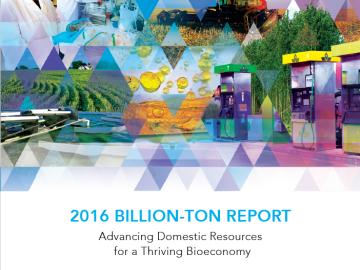
The 2016 Billion Ton Report, jointly released by the U.S. Department of Energy and Oak Ridge National Laboratory, concludes that the United States has the potential to sustainably produce at least 1 billion dry tons of nonfood biomass resources annually by 2040.
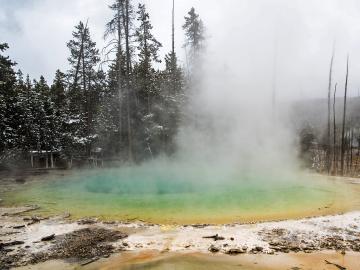
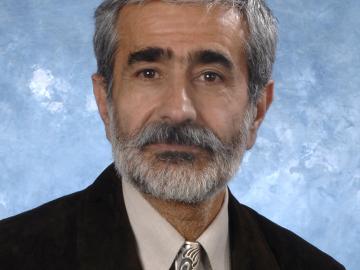
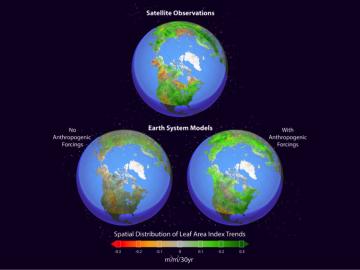
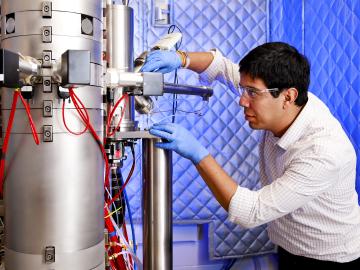
Scientists can now detect magnetic behavior at the atomic level with a new electron microscopy technique developed by a team from the Department of Energy’s Oak Ridge National Laboratory and Uppsala University, Sweden. The researchers took a counterintuitive approach ...
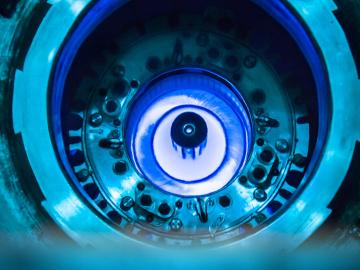
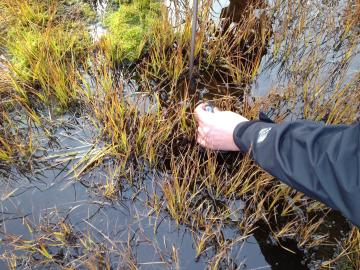
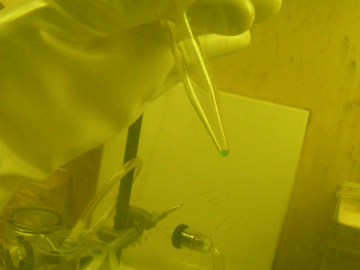
The International Union of Pure and Applied Chemistry (IUPAC) Inorganic Chemistry Division has published a Provisional Recommendation for the names and symbols of the recently discovered superheavy elements 113, 115, 117, and 118.
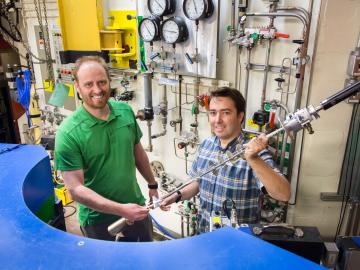
An elusive massless particle could exist in a magnetic crystal structure, revealed by neutron and X-ray research from a team of scientists led by the Department of Energy’s Oak Ridge National Laboratory and the University of Tennessee.


